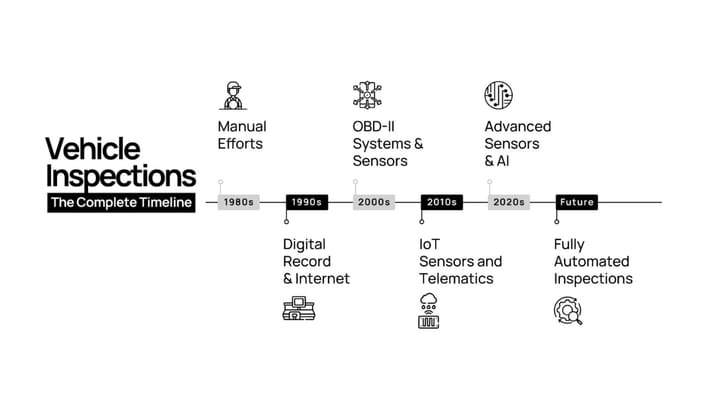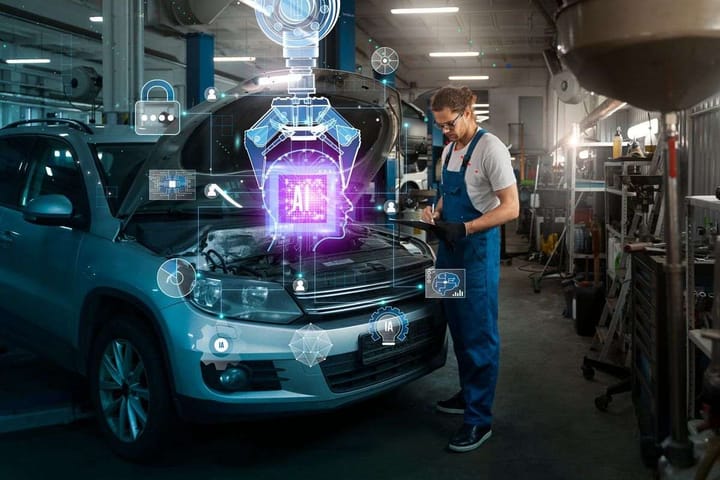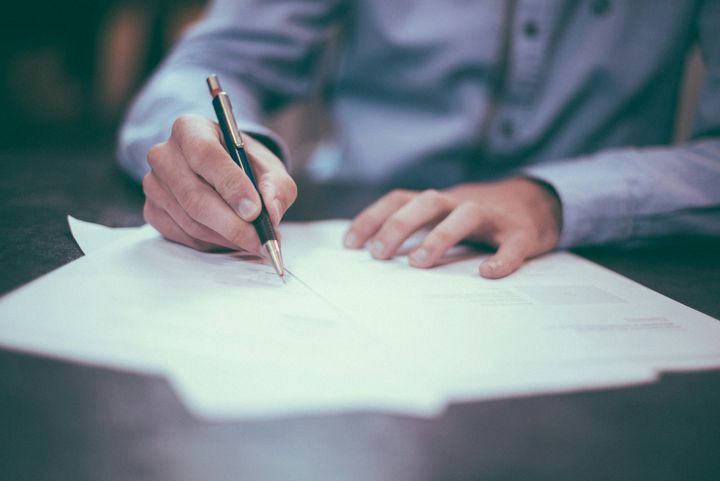The 8 Guiding Principles for Capturing Vehicles During Automated Inspections | Inspektlabs
Vehicle inspection automation simplifies car damage detection. Automated car inspections are a blessing because they help you avoid a lot of hassle. If you follow these guiding principles, you can maximize the benefit you can get from AI vehicle damage inspection.

Introduction
Automated detection of damages is a far superior method of car inspections compared to traditional manual assessments, wherein a human inspector inspects a car. Artificial intelligence technology can utilize high-quality photos and videos to capture highly accurate visuals of the vehicle. While AI damage detection technology does away with many of the redundancies of the conventional approach (e.g., travel for a human assessor to the car's location), there are some precautions you need to take while capturing vehicles.
The Importance and Advantages of Capturing Good Photos and Videos
When dealing with vehicle damage inspection, capturing high-quality photos and videos is of the utmost importance. If you record your vehicle in superior quality, you will avoid many of the hassles that may arise.
For example, if the captured media accurately depicts the damages sustained to the vehicle, there will be no doubt over its legitimacy. Furthermore, if you can capture sufficient information in one go, you will not have to re-record or recapture any elements.
Capturing high-quality images and photos is pivotal for accurate report generation and car damage detection. This procedure takes significantly less time and energy if you follow the guiding principles while recording your vehicle. The following principles will help you capture the most efficient and accurate images and videos.
8 Guiding Principles
These guiding principles will help you navigate how you can efficiently capture your vehicle. Understandably, you may be unable to perfect every aspect due to various circumstances. Problems such as low light, out-of-focus shots, and inadequate images create numerous problems that cause unnecessary delays. These challenges are more apparent with dark-colored cars. However, following these guiding principles will help avoid potential issues while capturing your vehicle.
1. Adequate Space For You To Maneuver While Capturing The Car
Recording your vehicle from every angle is critical to ensure no blind spots during the inspection process. Before you begin, provide a gap of 1 meter for you to move around the car while you record your vehicle. If your vehicle is in a garage or an enclosed space, it will be suitable to change its location before you begin the process.
2. Account For Adequate Lighting
While deciding on a spot for placing your vehicle, you should also consider that your car receives adequate lighting. It is crucial to avoid low light conditions. You can utilize either natural or artificial light. Low-light conditions are not ideal because they make damage detection tricky. Therefore, ensure that there is adequate lighting. While guaranteeing a good lighting source is necessary, it is not the only consideration. You will need to ensure that the light source is not contributing to poor image quality. For example, in the image comparison below, the car on the left is outside, in the presence of natural light. However, due to the perspective of the camera and the vehicle in relation to the light source, there is a strong backlight. This backlight is counterproductive and significantly deteriorates the image quality. In contrast, the image on the right side presents an optimal view.

3. Make Sure You Account for Micro Damages
Many damages are often too small and are not easily visible. Identifying these so-called 'micro damages' is challenging using images due to their size. However, capturing micro damages is crucial to forming an accurate assessment report. You can utilize the zoom feature on the camera to capture micro damages. For example, in the image comparison given below, the micro damages are not identifiable in the photo on the left. However, the picture on the right is zoomed in and sufficiently showcases the micro damages.

A similar case can be observed below. The picture on the left fails to capture the damage on the side view mirror since it is small. However, the damage is prominently visible using the zoomed-in image on the right.

Similarly, in the image comparison below, the damage becomes visible upon zooming in.

4. Avoid Strong Reflections From The Ground Or Other Light Sources
Once you have ensured there is enough light source, make an effort to minimize the reflections visible on the vehicle's body. Reflections of the ground or the nearby surroundings on the car's body lead to inferior quality captures. Users are more likely to face an issue with reflections with dark-colored vehicles, so please be mindful of the same. The image comparison below illustrates the importance of avoiding strong reflections.

In the image comparison given below, the image on the left is of inferior quality due to the strong reflection on the vehicle's body. Such a strong reflection makes damage detection challenging. The image on the right avoids strong reflections, resulting in a high-quality picture.

5. Maintain An Adequate Distance Of ~1 Meter
A common mistake is that users stand too close to the vehicle. Ideally, aim to maintain approximately a 1-meter gap while capturing pictures and videos. You can zoom in to exhibit the same if you need to show damages. The image will not be ideal if you stand far away from the vehicle. As you can observe from the image comparison below, maintaining an optimal distance and ensuring good lighting conditions will result in high-quality images.

6. Capture The Necessary Details
The car's license plate, odometer reading, chassis, and relevant documents are an integral part of the process for car inspections. The chassis number and license plate are vital to identify the make and model of the car. This information is particularly important for generating a repair estimate since part prices vary significantly across different makes and models. So, please remember to capture these details along with the images and videos of the vehicle. The captured photos and videos will be incomplete and unusable if these details are not visible. Therefore, ensure that these details are present to avoid your inspection getting rejected.
7. Always Keep the Car In Sight Without Any Abrupt Interruptions
A common strategy fraudulent individuals use is swapping the car in sight using camera tricks such as momentarily removing the vehicle from the frame. Such movements in video recordings are flagged, and they raise suspicion. Therefore, avoid any abrupt interruptions. Further, ensure that your vehicle is always in the frame. If you keep your vehicle in frame continuously, it will add credibility to your video.
8. The Vehicle Should Always Remain In Focus
It is problematic if the vehicle is out of focus while recording your video and taking pictures. Blurry images and videos make it challenging to assess the damages accurately. Ensure your vehicle is the only object in the frame and remains in focus.
How Inspektlabs Makes This Process Straightforward
Inspektlabs' vehicle damage inspection app helps ensure that the guiding principles are always followed. Users who capture their vehicles using Inspektlabs' AI-enabled web apps or native apps receive real-time guidance to help them record the best quality videos. This feedback allows users to correct their mistakes in real-time, ensuring no need to recapture the vehicle. Following these guidelines can understandably be intimidating for users. If you follow all the guidelines, the inspection process will take less than five minutes. Therefore having access to real-time guidance makes the process seamless and effortless.
Conclusion
Vehicle inspection automation simplifies car damage detection. Automated car inspections are a blessing because they help you avoid a lot of hassle. If you follow these guiding principles, you can maximize the benefit you can get from AI vehicle damage inspection.



